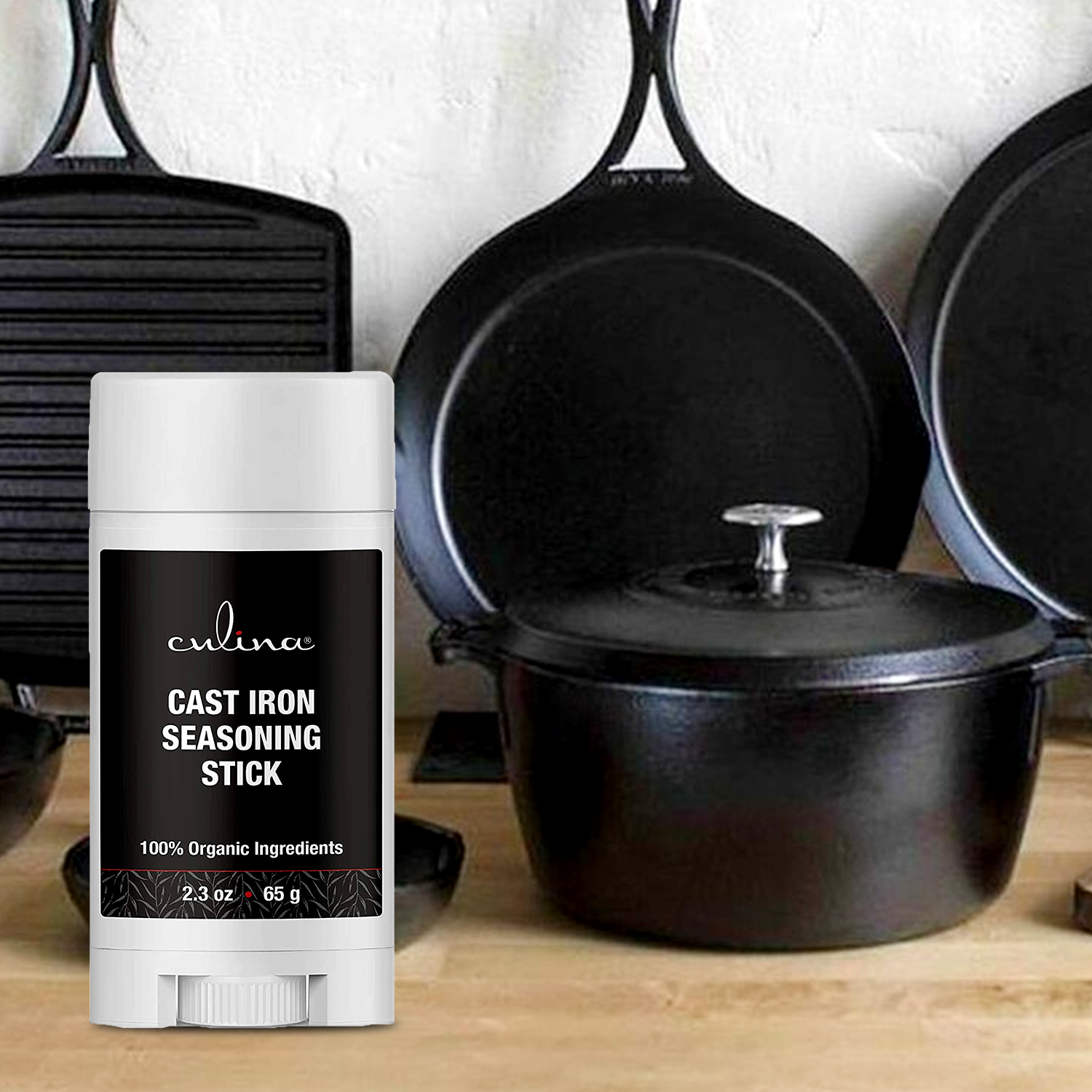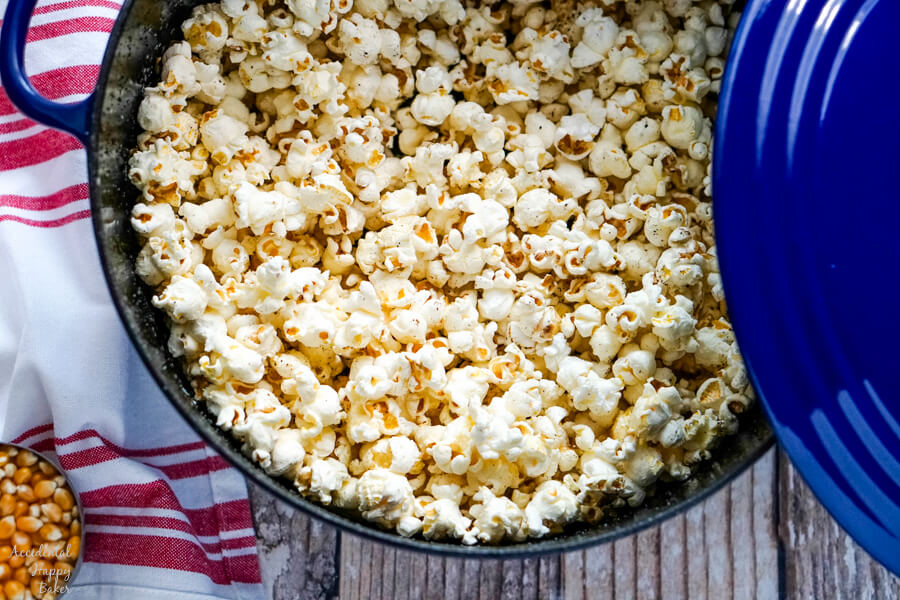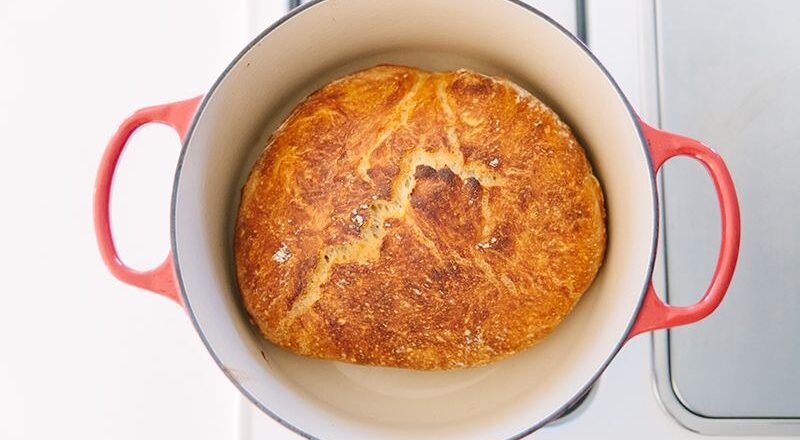If you’ve ever wandered the aisles of a culinary supply store or browsed an online kitchenware shop, you’ve likely seen both dutch ovens and traditional pots. You might be wondering, ‘how is a dutch oven different from a pot’? These two essential kitchen tools might seem interchangeable to the untrained eye, but they offer unique benefits that cater to different cooking needs. This article will dig deeper into the distinctive features of a dutch oven and a pot, shedding light on what makes each one special.

The History of Dutch Ovens
Dutch ovens have a rich history that dates back to the 17th century when they were created by Dutch blacksmiths. The name ‘Dutch oven’ actually comes from the intricate Dutch craftsmanship involved in making these utensils. Initially made of cast iron and sometimes lined with enamel, these ovens were built for durability and excellent heat retention.

Evolution of Modern Pots
Over time, pots have evolved significantly. From simple clay and metal pots to modern-day stainless steel or nonstick versions, pots have undergone numerous transformations. Today, different types of pots serve a variety of culinary purposes, making them indispensable in any kitchen.

Material and Build Quality
Dutch Oven
The typical dutch oven is made from heavy cast iron, often coated with an enamel layer to prevent rust and make cleaning easier. Thanks to their sturdy build, they provide even heating and excellent heat retention.
Discover more about this on cleaning the dutch oven.
Pots
Pots can be made from a variety of materials, including stainless steel, aluminum, copper, and more. Each material offers unique advantages. For instance, stainless steel is durable and easy to clean, while copper offers superior heat conductivity.
Heat Retention and Distribution
Dutch Oven
One of the standout features of a dutch oven is its ability to retain heat for a long period. This makes it perfect for slow-cooked dishes like stews and braises. The heavy, tight-fitting lid also ensures that moisture is retained, keeping your food tender and juicy.
Learn more about making bread in a dutch oven.
Pots
In contrast, pots generally heat up quicker but may not retain heat as efficiently as a dutch oven. This characteristic makes them suitable for tasks that require quick cooking, such as boiling pasta or making soups.
Versatility in Cooking
Dutch Oven
From baking bread to simmering soups and stews, a dutch oven is incredibly versatile. Its ability to withstand high temperatures means you can use it on the stovetop, in the oven, or even over a campfire. Many people even use their dutch ovens to fry foods.
If you want to explore how it can be used for pot roasts, click here.
Pots
Pots are usually limited to stovetop use due to the materials they are made from and their construction. However, they come in various sizes and shapes, suitable for a range of cooking methods, from searing and sauting to boiling and frying.
Cleaning and Maintenance
Dutch Oven
Cleaning a dutch oven can be a bit more involved than cleaning a regular pot, mainly due to its heavy weight and enamel coating. However, many people find that the advantages far outweigh the minor inconveniences. You can find more detailed cleaning steps on this external link.
Pots
Pots, particularly those with nonstick coatings, are generally easier to clean. Many are dishwasher safe, which can save a lot of time and effort in the kitchen.
Durability and Longevity
Dutch Oven
An investment in a quality dutch oven can last a lifetime. The cast iron construction is highly durable, and with proper care, it can be handed down through generations.
Pots
The durability of pots can vary greatly depending on the material. Stainless steel pots, for instance, are very durable, while nonstick pots may have a shorter lifespan due to their coating wearing down over time.
FAQs
What recipes are best suited for a Dutch oven?
Dutch ovens excel in slow-cooking methods and are ideal for recipes like braises, stews, and baked bread.
Can I use a pot instead of a Dutch oven?
While both can be used interchangeably for some tasks, dutch ovens offer superior heat retention and moisture retention, making them better for slow-cooked recipes.
How do I clean my Dutch oven properly?
It’s best to follow specific cleaning steps for dutch ovens, especially those with enamel coating. Avoid using harsh abrasives. Refer to cleaning guides for best practices.
As an Amazon Associate, I earn from qualifying purchases.

